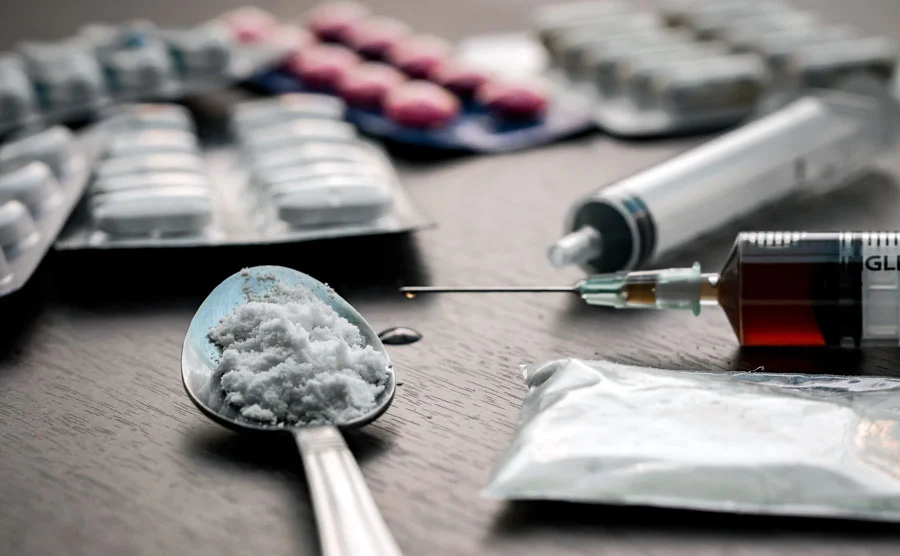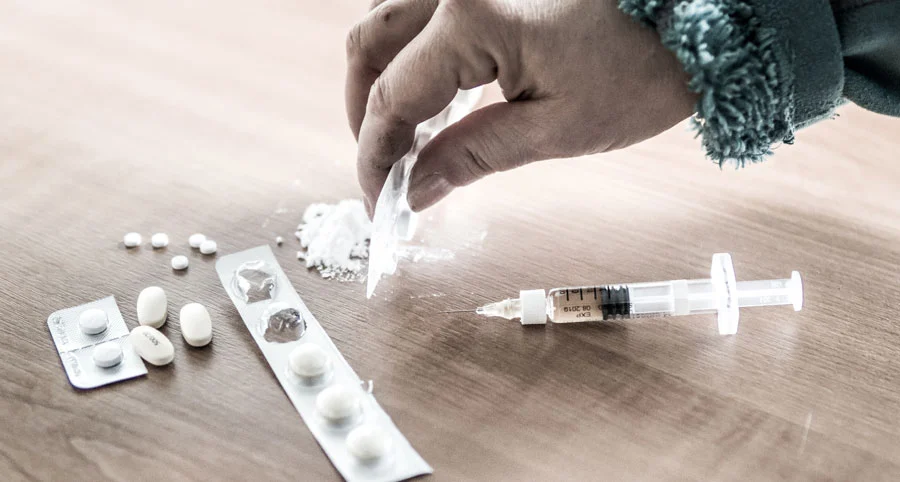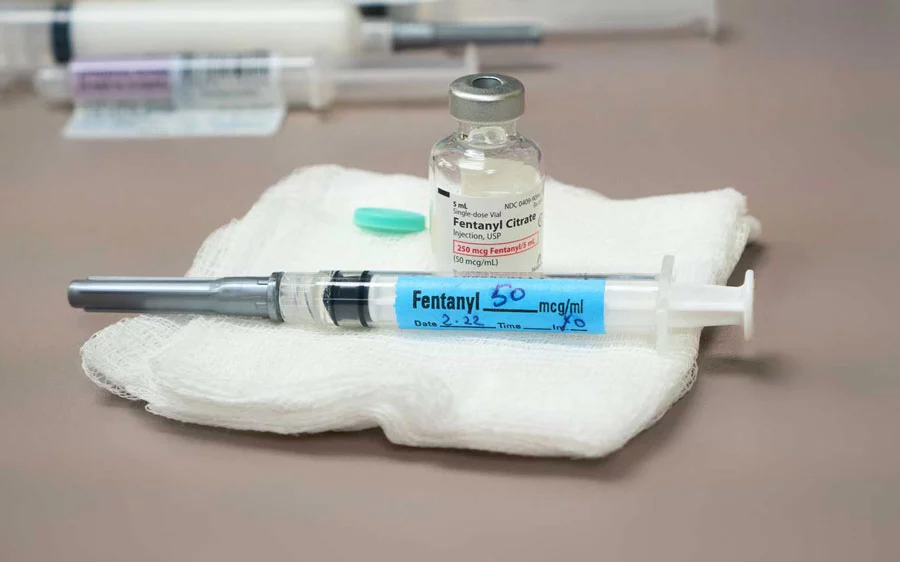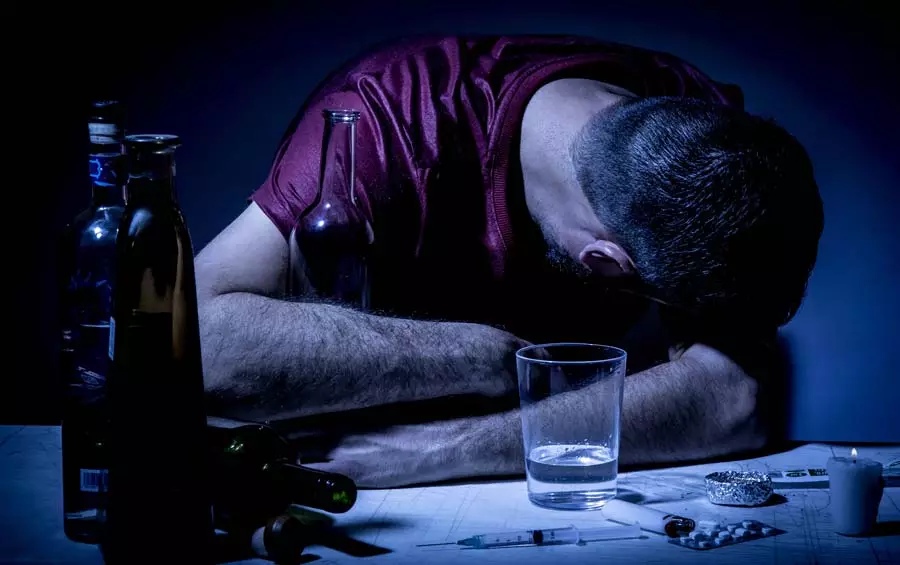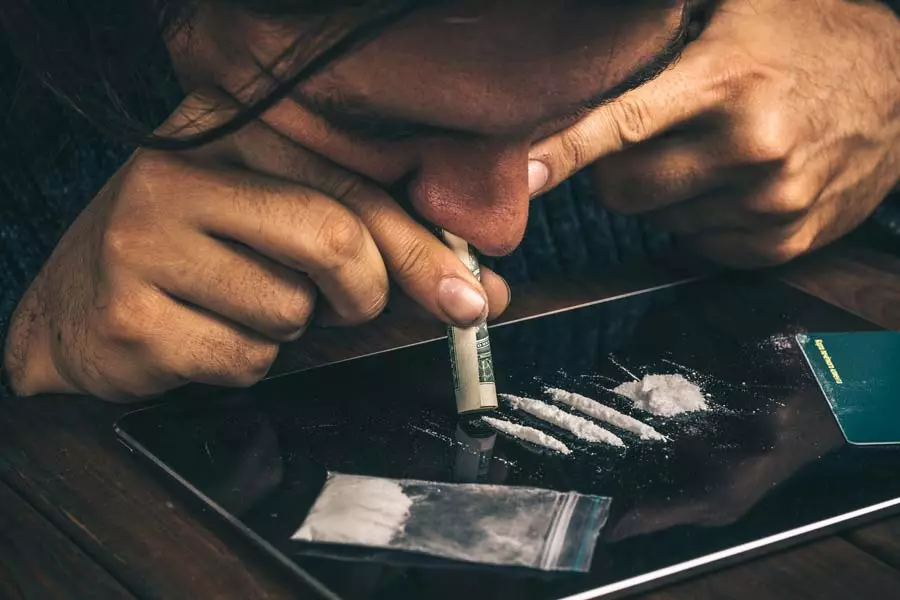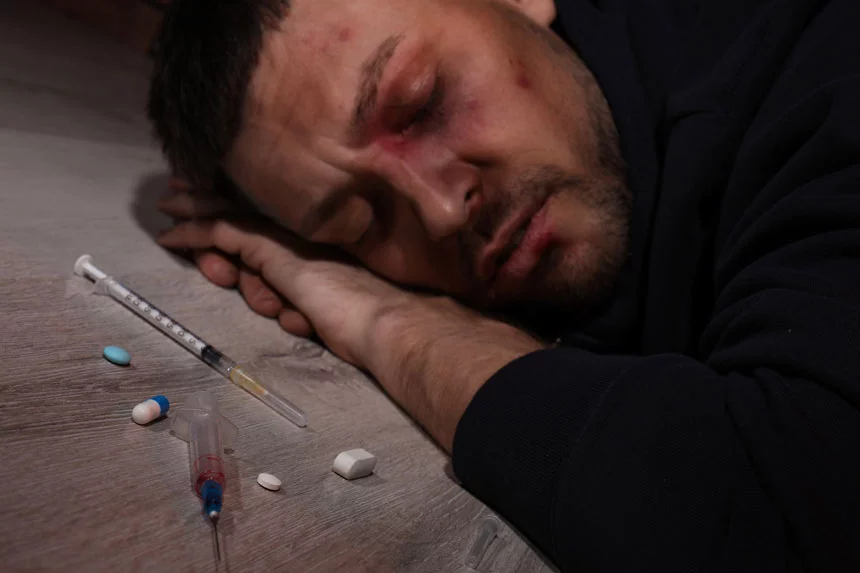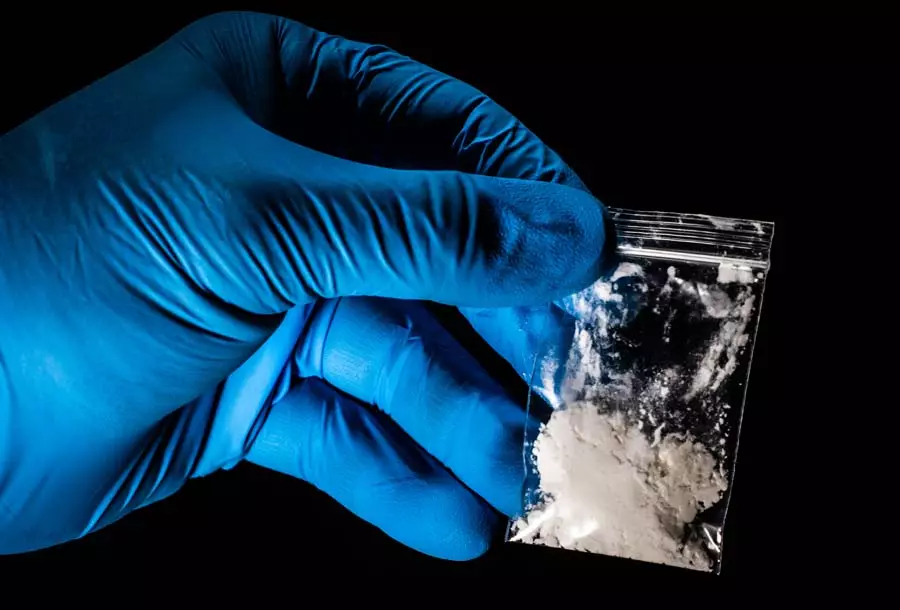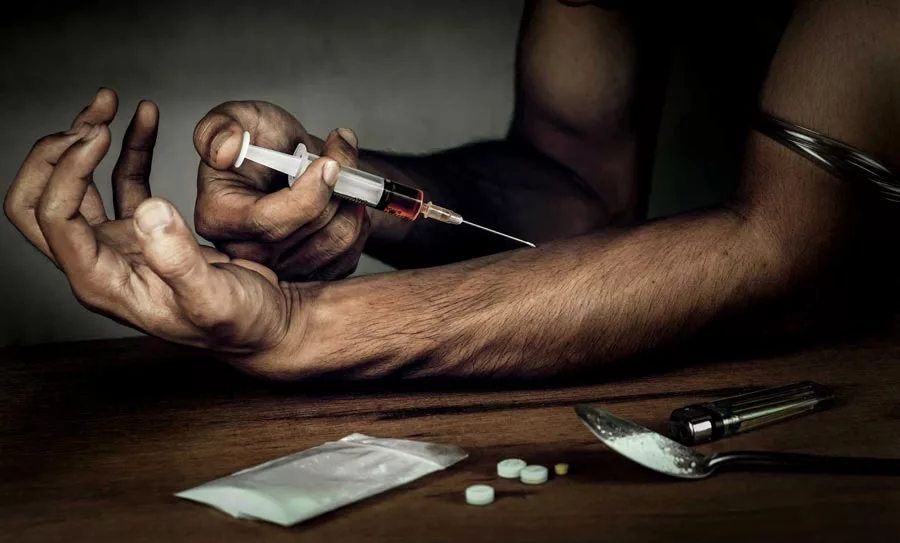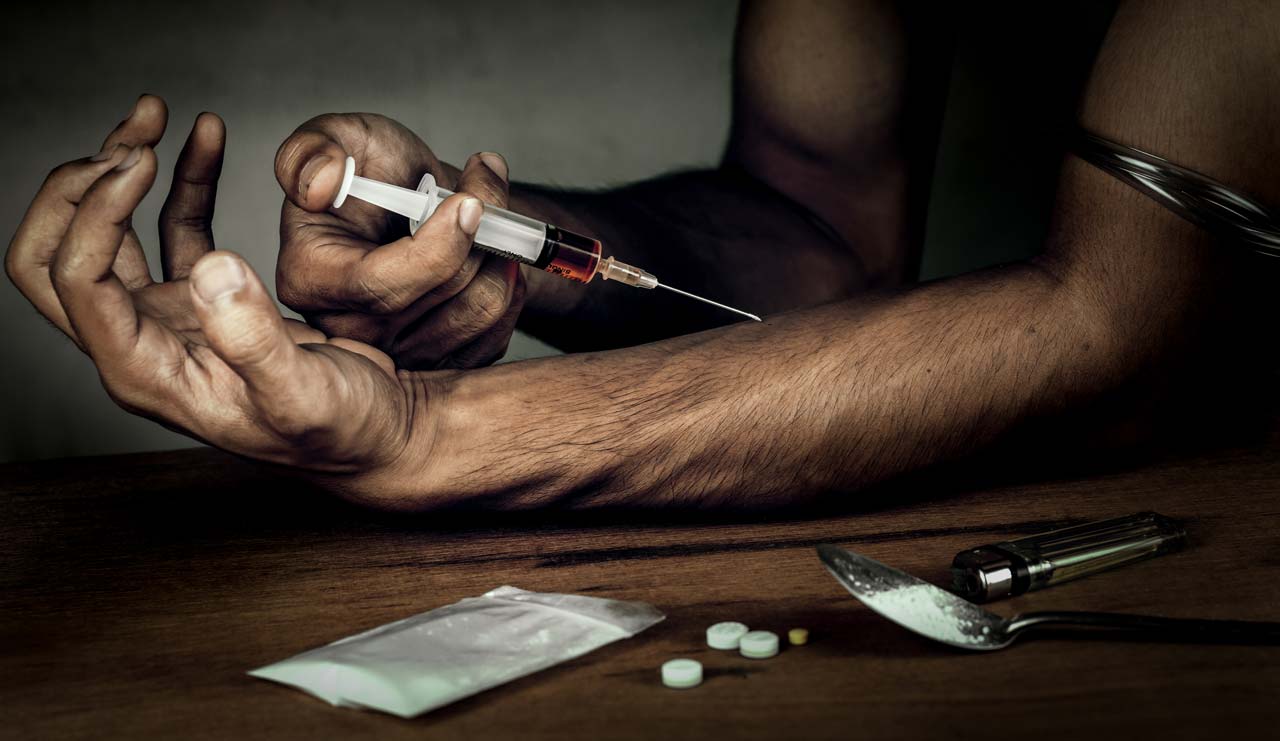In a world where dozens of substances exist that cause an entire range of side effects associated with addiction, one of the most commonly pondered questions is “what is the most addictive drug?” Finding a definitive answer to this question is all but impossible, considering how relative addictions can be.
The science and medical worlds would disagree, considering the physical markers and battery of tests conducted on participants over the years. Readings of different brain chemicals and the way our body responds to abuse do show some pretty hard evidence as far as how addictive certain drugs can be.
However, the scientific and medical term is better served using the description of “physical dependence” than addiction. Addiction is far too mental to produce a definitive number one in this category.
A check of multiple sources produces multiple definitions, each with different wording or their own twist on the term:
Source 1: An addiction is a chronic dysfunction of the brain system that involves reward, motivation, and memory. It’s about how your body craves a substance or behavior, especially if it causes a compulsive or obsessive pursuit of “reward” and a lack of concern over consequences.
Source 2: Addiction is a treatable, chronic medical disease involving complex interactions among brain circuits, genetics, the environment, and an individual’s life experiences. People with addiction use substances or engage in behaviors that become compulsive and often continue despite harmful consequences.
By most definitions, addiction can stem from several different sources and isn’t limited to alcohol or illegal substances. People can develop habits with something as simple as Diet Coke.
Although the severity of the addiction is ultimately determined by the eyes or mind of the user, we attempt to make sense of this question in the following article.
What Is the Most Addictive Drug?
The answer to the question of “what is the most addictive drug?” depends on who you ask and the criteria you use to judge the addiction. Is it based on how often the user abuses the drug? Is it based on how much a user will go through to obtain the substance? Or is it answered based on the severity of withdrawal, using a combination of the drug’s grip on the mind and body.
If you’re using the latter to answer the question, technically, the most addictive drugs, not a drug, would probably be a three-way tie between alcohol, nervous-system sedatives, and opioids. Technically, we could cut that list down to two because alcohol can be grouped as a nervous system depressant.
Opioids are a class of drugs that include heroin and prescription painkillers, while central nervous system depressants include alcohol, benzodiazepines, and barbiturates.
Opioid addiction is characterized by compulsive drug use despite adverse consequences to one’s health, finances, or relationships. This leads to tolerance—when users must take more significant amounts of the drug to get high—and withdrawal symptoms when they stop taking it abruptly or after prolonged use.
Central nervous system depressant addiction often occurs when someone uses these substances for recreational purposes but becomes dependent upon them over time due primarily to their soothing effects on areas within the brain responsible for regulating emotions and behavior. Users often get wrapped up in a cycle of using these substances to numb certain feelings.
In addition, they also have the most severe withdrawal symptoms, with nervous system depressants edging opioids slightly in this category. And they all have a high rate of relapse. In addition, the consensus of most users would be that these two are indeed the most addictive drugs.
But that’s if you ask people who have struggled with these drugs – people who preferred them. Plenty of people tried both categories of these drugs and didn’t enjoy them, instead maybe leaning toward cocaine or amphetamine.
To this demographic of the drug user, cocaine and methamphetamine would be the most addictive drugs. This makes this question so difficult to answer with any level of certainty.
What Makes a Drug Addictive?
What makes a drug addictive? This question is a little easier to answer but may vary from person to person. However, the core driving factors typically remain the same in nearly every instance of addiction.
Typically, addiction begins subconsciously, usually by blocking or correcting a negative feeling or emotion an individual has. It could be insecurity, guilt, anger, or several other issues.
A large majority of the time, individuals aren’t even aware that they’re participating in the abuse to mask or bury the feeling. However, dependence takes hold after a significant period of use, mental and sometimes physical.
During the early abuse period, the substance in question is causing an explosion of certain chemicals in the brain. Dopamine, serotonin, and other chemicals, released in large amounts, cause the euphoric feeling or “high” users chase.
However, after an extended period of the drug driving the release of these chemicals, the body cannot produce them naturally and relates the dispensing of these chemicals with the ingestion of the drug. Eventually, the user takes the medication to maintain a somewhat average level.
Now, what about types of addictive substances?
Categories of Addictive Substances

There are several categories of addictive substances. Each of these categories seems to have its unique, addictive properties and potential level of severity. At the minimum, they can be distinguished by their levels of physical addiction or lack thereof.
- Stimulants: Amphetamine, methamphetamine, cocaine
- Inhalants: Spray paint, antifreeze, nitrous oxide
- Cannabinoids: Marijuana, hash, wax
- Depressants: Benzos, anti-depressants, barbiturates, alcohol
- Opioids: Heroin, methadone, fentanyl
- Steroids: Various performance-enhancing drugs, human growth hormone
- Hallucinogens: LSD, PCP, DMT, Psylocibin mushrooms
- Prescription drugs: Oxycodone, Hydrocodone, morphine
With such a variety of categories, how would we even begin to determine the most addictive substance?
How to Determine the Most Addictive Drug
Determining the most addictive drug is difficult because of the varying viewpoints. However, you can use two approaches when attempting to answer this question.
Using a scientific or medical approach to reach the answer would require looking at past data. Noting things like which drugs altered brain chemicals the most, which drug produced the most intense detox period, and other evidence-based conclusions would give you the popular answer for the most addictive drug.
The other approach requires a personal testament from specific users of various addictive substances. However, it’s not incorrect to assume that a large majority of personal opinions would point toward heroin or another opioid being the most addictive.
This also matches with scientific and medical data and is further intensified by the fact that we’re currently in the middle of an epidemic.
The Most Physically Addictive Drug
The most physically addictive drug isn’t as difficult of a question to answer. However, this spot is shared by three substances.
Alcohol, benzos, and opioids are the clear winners regarding the most physically addictive drugs. They all produce life-threatening, painful withdrawals and almost always require medically assisted detox.
The Most Psychologically Addictive Drug
This is another matter of opinion answer and garners many different results. However, many argue that methamphetamine is the most psychologically addictive drug.
The primary reason for this widespread opinion is the numerous cases of psychosis triggered by methamphetamine abuse. Typically, it takes prolonged use of methamphetamine to begin experiencing symptoms of psychosis.
However, more recent, highly concentrated batches of crystal meth are causing psychosis after only a month or two of abuse. In addition, overdose cases of methamphetamine have steadily increased after being almost non-existent for over a decade.
The Top 5 Most Addictive Drugs
The argument over which drugs are the most addictive will likely be perpetual as long as abuse exists among the population. However, a list of the five most addictive drugs is probably more agreed upon, only in varying orders.
The top five most addictive drugs, in our opinion, are as follows:
1. Heroin/Fentanyl
Heroin and fentanyl may not have the severity level when it comes to withdrawals as benzos, but they seem far more prone to quick addiction and abuse. One look at the numbers of fentanyl overdose deaths and the use statistics give insight into the grave situation that is the opioid epidemic.
2. Alcohol
Alcohol has the number two spot for a couple of reasons. First, it’s the most widely abused drug out of all other options and is more accessible because of its legality. Two, the withdrawal symptoms are dangerous, potentially causing life-threatening side effects. Alcohol is tough to detox from without the help of medical professionals.
3. Cocaine/Crack
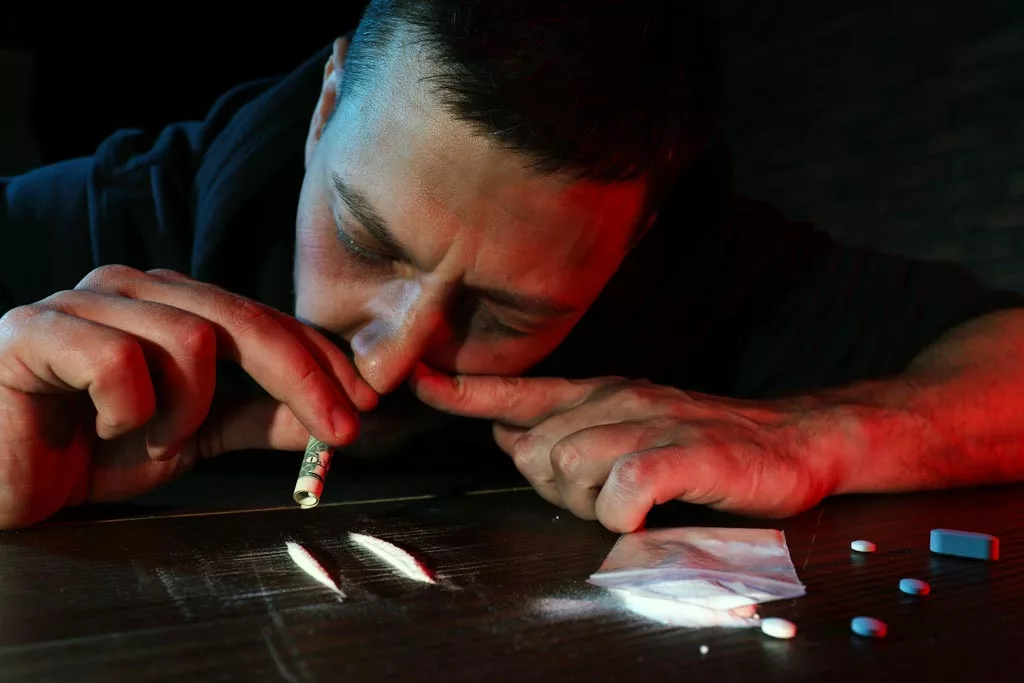
Crack was an easy pick for the list and has been a staple among discussions of the most addictive drugs. Many crack users become hooked after their first hit, chasing that initial high through years and years of spiraling and abuse. It’s important not to forget that before the opioid and fentanyl epidemic, the crack epidemic ravaged inner-city neighborhoods across the country.
4. Crystal Meth
Number four on the list is methamphetamine, otherwise known as crystal meth. This drug was dormant for a period but is back with a vengeance, causing an epidemic of its own that’s been overshadowed by the opioid crisis. However, after a steep increase in meth overdose deaths, this dangerous drug finally has the attention of the public eye again.
5. Prescription Pills
Prescription pills round out the top five and include several different substances like benzos, pain killers, and stimulants. Although the prescription pill crisis isn’t at the heights it was in the early 2000s, it’s still a massive problem and takes lives daily. Not only does this category include benzos but also opioid painkillers, which are often a stepping stone to heroin and fentanyl.
The Rise of Fentanyl Addiction
As mentioned above, the prescription pill epidemic of the early 2000s eventually gave way to the heroin epidemic, which quickly morphed into the fentanyl crisis. Currently, massive quantities of drugs flood our streets because of the shifting availability.
Dealers no longer must import the substance from China, as Mexican cartels manufacture the drug right on our borders. This led to another record year of opioid overdose deaths and a grim reminder that the problem is far from under control.
Finding Top Treatment, No Matter the Addiction
Regardless of your drug, the top treatment regardless of addiction is essential. No addiction should ever take precedence over another, as everyone has their own battles to fight.
Each addiction case shares a common denominator – there’s human life at stake and a family that’s losing someone they love. Fighting substance abuse is a worthy cause that requires a collective effort, and winning the battle starts with awareness.
Long-term Sobriety with Best Rehabs In Arizona Recovery
If you or someone you love is suffering from any addiction, Best Rehabs In Arizona Recovery is here to help you reclaim your life and independence. Our top-notch staff is compassionate about our effort; every client gets 110%, regardless of their addiction or background.
To find out how we can help you in your journey to recovery, contact a member of our compassionate staff at any time, day or night. We have convenient locations in Arizona and Colorado that accept clients from all over the country, regardless of geography. Don’t let distance stop you – contact Best Rehabs In Arizona Recovery today.

